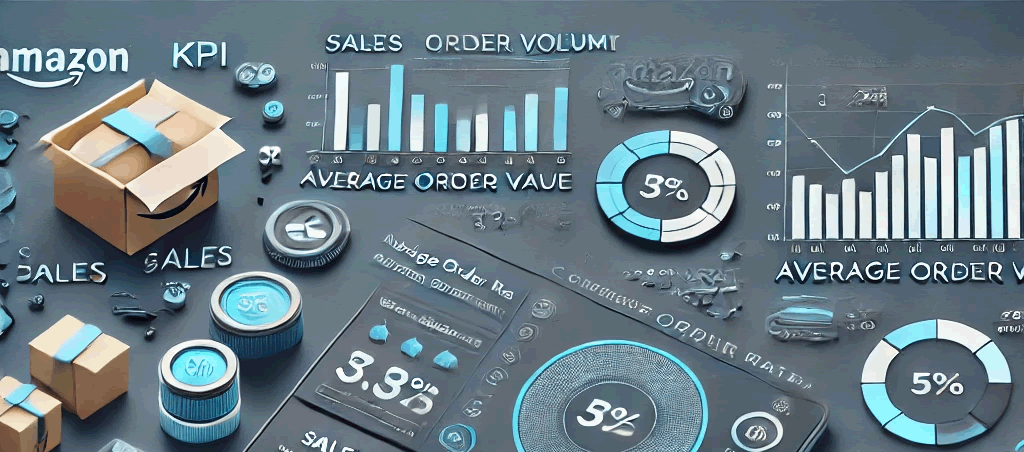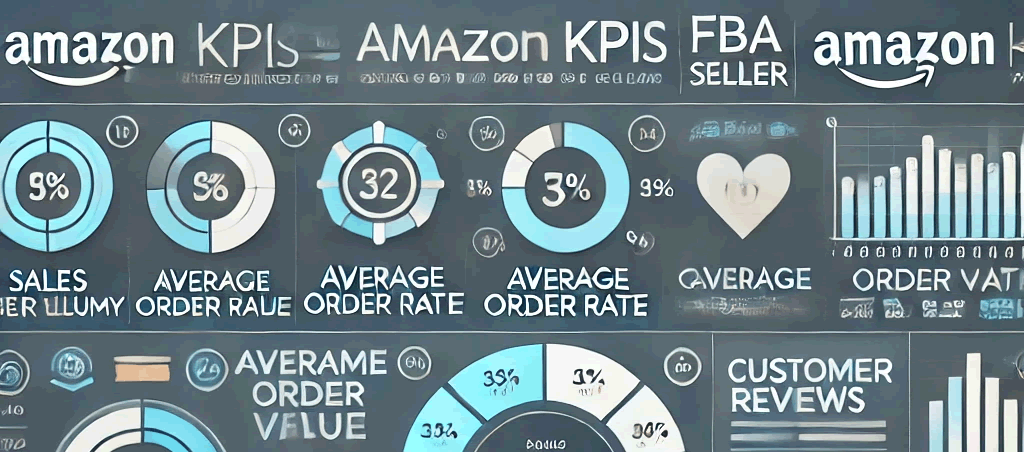Today we are going to talk about the Amazon Vendor KPI or how to know what to measure among so many metrics. Let's see the key performance indicators (KPI) that really make a difference in Amazon retail:
Growth kpi
Growth KPI help you understand how your business is going on Amazon and what is promoting that growth.
Shipped Revenue
Your income sent represents the total value of the sales of the products that have been sent from the Amazon stores to the customers . It is a direct measure of your sales performance and the main KPI for suppliers managers when evaluating your account.
Shipped Cogs
The cost of goods sold (COGS) sent refers to the total cost of all products that have been sold and sent . The difference with the previous KPI is that it is not based on the average sale price, but on your purchase cost to Amazon.
Submitted COGS offer information about your direct costs in your 1P relationship with Amazon, helping you calculate the gross margin and have a clear idea of your business financial health.

Avenge Selling Price (ASP)
The average sale price (ASP) is the average price to which your products are sold . It is an indicator of the effectiveness of your price strategy and the perceived value of your products in the market.
Amazon follows market prices, so any change in your ASP can lead to cost support requests or affect your chances of accepting costs
Therefore, monitoring the ASP of your portfolio allows you to understand these factors that influence the margin of Amazon and adjust your portfolio strategy.
Avenge cost per unit (ACU)
The average cost per unit (ACU) is the average cost that Amazon pays for each product sold . It is also known as average cost or list price.
ACU is a good metric to understand the least obvious reasons for your growth in Amazon.
Profitability kpi
Now let's see how to measure your profitability with Amazon.

Pure net profit margin (net ppm)
The pure net profit margin (Net PPM) measures the profitability of your Amazon supplier account . It is the favorite metric of supplier managers, since it includes all cost components on which brands and Amazon have visibility. Measuring your Net PPM of Amazon is vital, because any change can significantly affect your supplier account.
Gross Profit
Gross utility is the difference between your income sent and your cogs sent with Amazon . It allows to have an overview of your business financial health by showing how much desire after subtracting the direct costs associated with the products sold.
Measuring the gross utility of your business at Amazon allows you to see the efficiency of your production process and the pricing of your products.
A high gross profit margin indicates that your company effectively manages its direct costs and fixes prices to its products properly. But, a bass margin of gross utility can be an alert sign of inefficient production, an ineffective or both pricing.
Ebitda
Ebitda means profits before interest, taxes, depreciation and amortization . It is a widely used measure of the profitability and operational performance of a company.
By focusing on profits derived from the main commercial operations, Ebitda gives you a vision without obstacles to your operational efficiency without the influence of factors such as tax environments, financing decisions and non -monetary expenses.
KPI operations
The following is to review the operational performance of your supplier account. We present the key metrics that your equipment must measure to understand your supply chain and inventory performance and identify defects in the processes.

Sales forecast accuracy
The accuracy of the sales forecast measures how precise the sales projections that you provide to Amazon are. Greater precision in sales projections helps the platform to better plan inventory and avoid supply problems.
This metric is important because a low accuracy of the sales forecast can lead Amazon to have less confidence in your future projections, which in turn can negatively affect your volumes of orders.
Compliance cycle time
The compliance cycle time is the average time it takes for an order to be sent since it is done . It is a key metric to measure the efficiency of your supply chain and ensure that your customers receive their products in a timely manner.
A prolonged compliance cycle time may indicate problems in your compliance process, such as manufacturing delays, inventory problems or logistics inefficiencies. Monitoring this metric is useful to identify and address these bottlenecks to improve customer experience.
Conclusions
These KPI are essential for Amazon suppliers to measure and understand the performance of their businesses on the platform. When focusing on these key metrics, you can obtain valuable information to boost profitable growth and greater operational efficiency.

